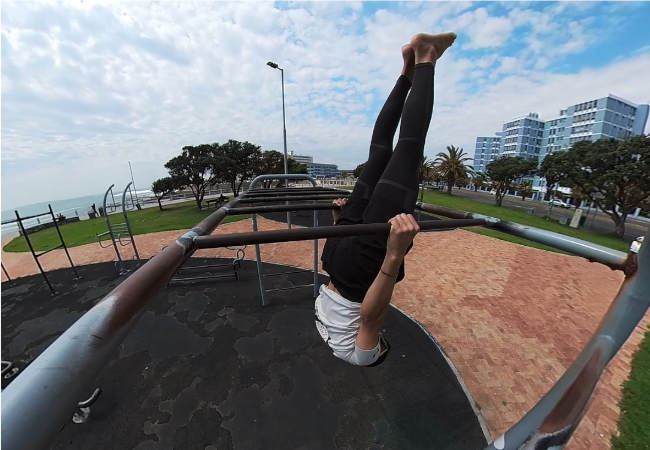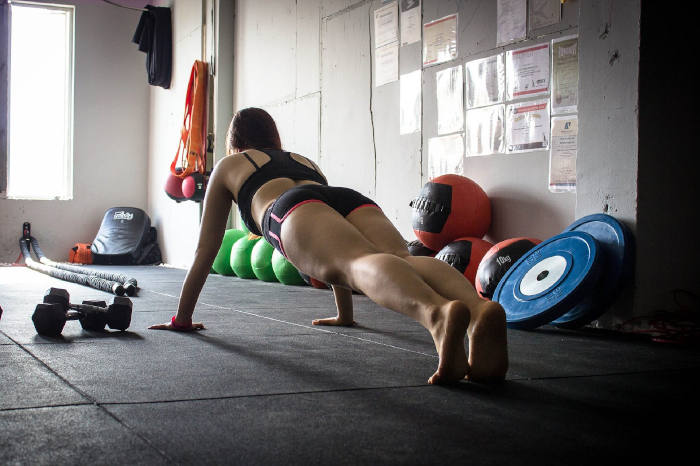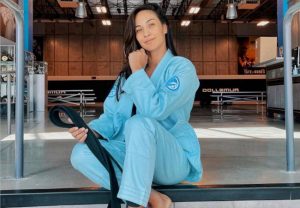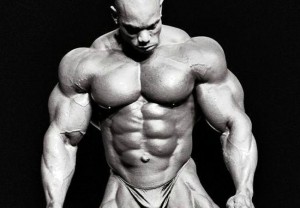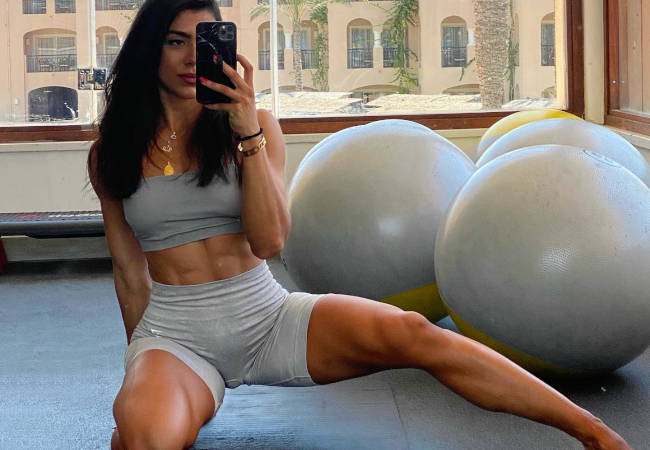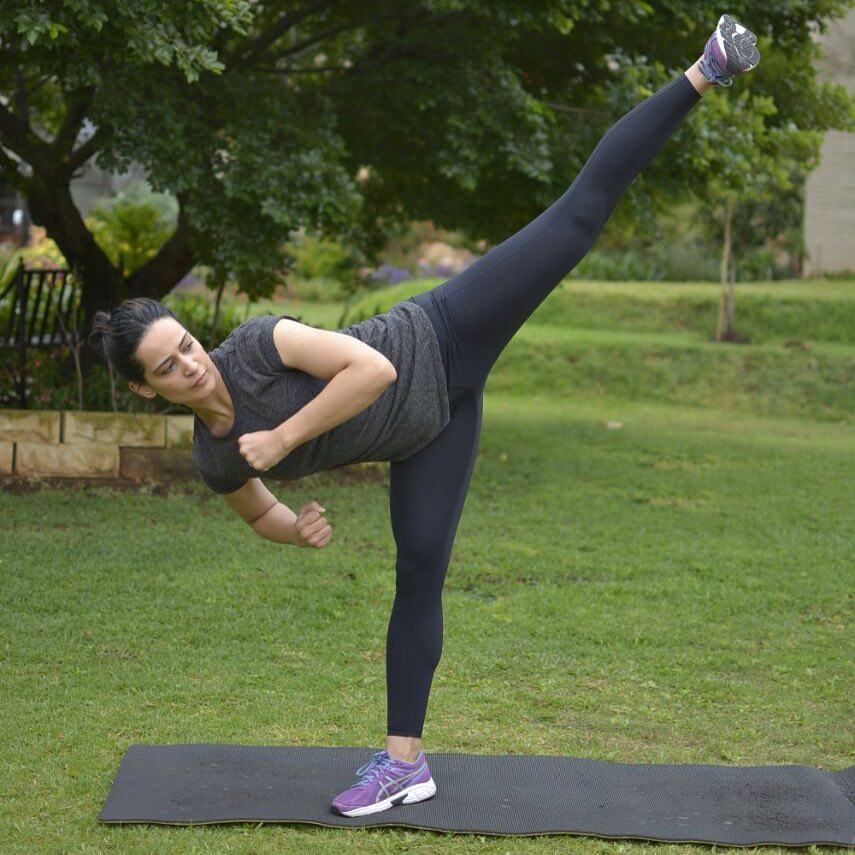Functional training is where fitness meets real life. It’s all about preparing your body for those everyday tasks that life throws at us, from lifting groceries to running after your kids. This training style focuses on exercises that improve balance, coordination, and flexibility, making it perfect for everyone, whether you’re a seasoned gym enthusiast or just starting on your fitness journey.
We’ll discuss how to implement a functional training routine so that you can experience the benefits.
Set Clear Goals
Before you jump into any workout routine, it’s crucial to set goals. What do you want to achieve with functional training? Are you aiming to boost your overall athletic performance or perhaps enhance your flexibility? Maybe you just want to feel stronger and more capable in your everyday activities.
Whatever it is, having clear goals will guide your training and keep you motivated. These goals can evolve as you progress, so revisit them regularly and adjust as needed.
Incorporate Multi-Plane Movements
When it comes to functional training, you’ll want to focus on multi-plane movements. This means doing exercises that engage your body in different directions, like lunges, rotations, and twists. Prioritizing these exercises promotes mobility and helps prepare your body for daily tasks.
By challenging your body to move in varied directions, you’ll enjoy comprehensive muscular development and improved mobility. Plus, these exercises mimic real-world movements, making you more agile and prepared for anything.
Use Bodyweight and Free Weights
Functional training doesn’t rely solely on machines or equipment. Instead, it combines bodyweight exercises with free weights, such as push-ups and planks. This combination ensures you’re enhancing muscle endurance and strength while mimicking the movements you make every day.
Investing in essential functional fitness equipment can allow you to do home workouts easily. This means you can continue your training no matter what your schedule looks like.
Focus on Core Strength
Your core is like the anchor of your body—it’s vital for stability and balance. That’s why functional training places a strong emphasis on core exercises, such as Russian twists or stability ball rollouts.
Targeting your core means you’re working on your abs and improving your overall stability. This foundational strength is essential for functional fitness and will enhance performance in other exercises and daily tasks.
Track Progress and Adapt
Keeping track of your workouts is a great way to see your progress and stay motivated. It allows you to monitor improvements, whether you’re lifting heavier weights or increasing reps. Make sure to regularly adjust the intensity, duration, and type of exercises based on your progress or any new goals you set.
Using essential tools for muscle recovery can also help you after workouts, ensuring you’re always ready for the next session. This adaptability ensures that your routine remains effective and aligned with your evolving fitness needs.
Implement These Tips Today
Functional training is all about making your workouts applicable to real life by improving your strength, mobility, and overall fitness. Whether you’re just starting out or have been a fitness enthusiast for years, these tips for implementing a functional training routine can help. Start today and experience the long-term health and fitness benefits that come with being functionally fit.









